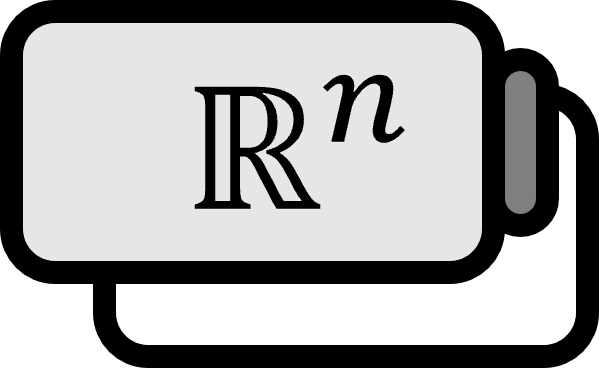Inverse Function Theorem in Analysis
Theorem1
Let’s say a function $\mathbf{f} : E \subset \mathbb{R}^{n} \to \mathbb{R}^{n}$ defined in an open set $E$ is a $C^{1}$-function. For $\mathbf{a} \in E$, let’s assume that $\mathbf{f}^{\prime}(\mathbf{a})$ is invertible and $\mathbf{b} = \mathbf{f}(\mathbf{a})$. Then, the following holds.
(a) There exists an open set $U, V \subset \mathbb{R}^{n}$ where $\mathbf{a} \in U, \mathbf{b} \in V$, and over $U$, $\mathbf{f}$ is one-to-one and $\mathbf{f}(U) = V$.
(b) If $\mathbf{g}$ is the inverse function of $\mathbf{f}$,
$$ \mathbf{g}\left( \mathbf{f}(\mathbf{\mathbf{x}}) \right) = \mathbf{x},\quad \mathbf{x}\in U $$
then, $\mathbf{g} \in C^{1}(V)$ is true.
Explanation
The key is that the dimensions of the domain and codomain being $n$ are the same.
(a): It means that a bijective contraction mapping $\mathbf{f}|_{U}$ exists.
See Also
Walter Rudin, Principles of Mathematical Analysis (3rd Edition, 1976), p221-223 ↩︎
